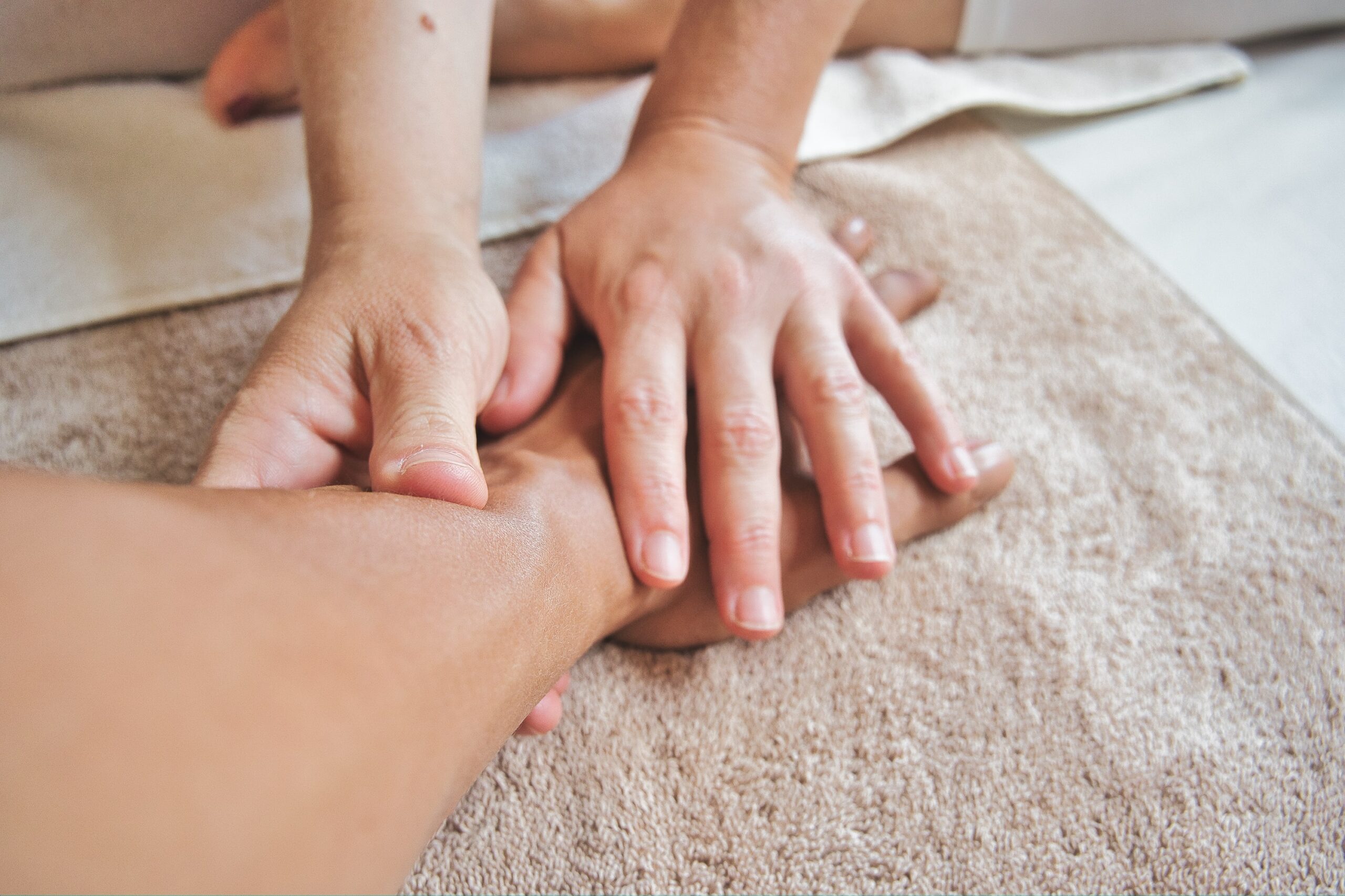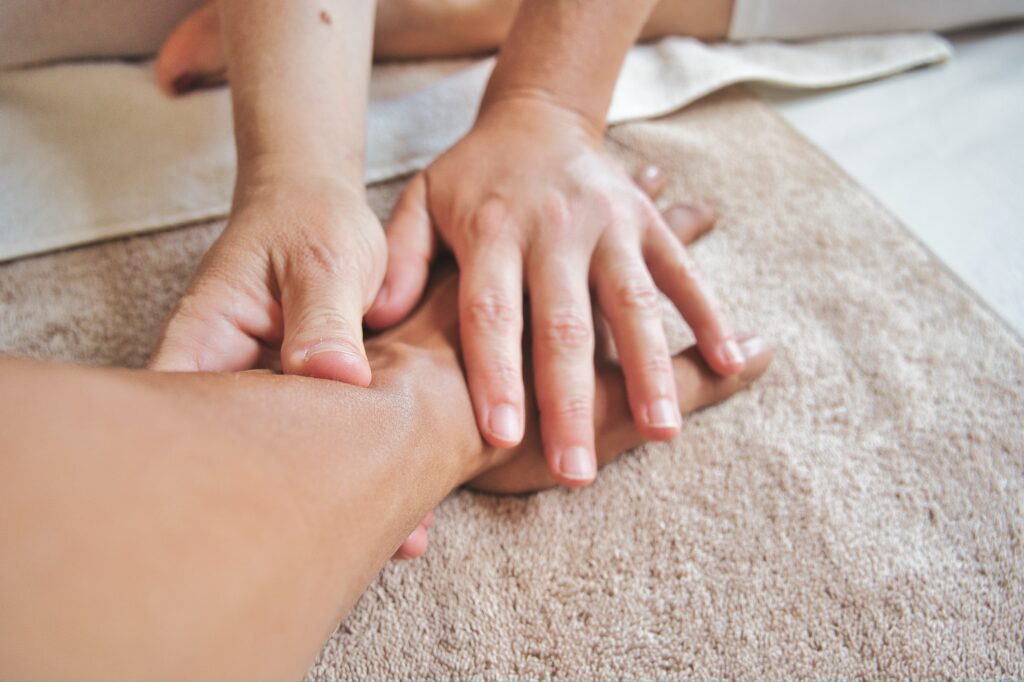What Makes Manual Therapy “Hands-On”?
Whether it is passively moving your joints, massaging a body region, or stretching a muscle, this type of therapy allows your physical therapist to harness their knowledge of anatomy and pathology while using their own hands to treat your specific condition.
Manual therapy can be utilized for various purposes, including increasing the flexibility of a muscle, relaxing a muscle group, improving the range of motion at a joint, or decreasing your pain.
Oftentimes, this treatment category is particularly valuable during the more acute phases of rehab, when your movement may be more limited in a region and pain levels are traditionally higher.
As symptoms begin to subside and movement improves, manual therapy may still be utilized later on in combination with more active therapy techniques, like strengthening, balance training, or plyometric exercise.
Ultimately, passive hands-on treatments are a beneficial part of your care, but they are seldom performed in isolation without a complementary active component.

